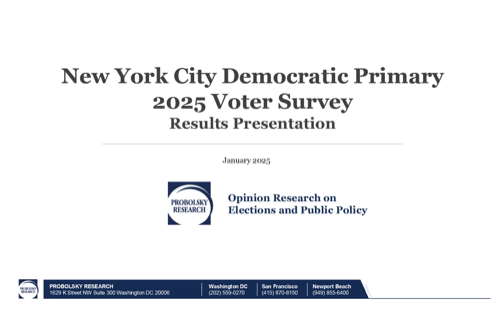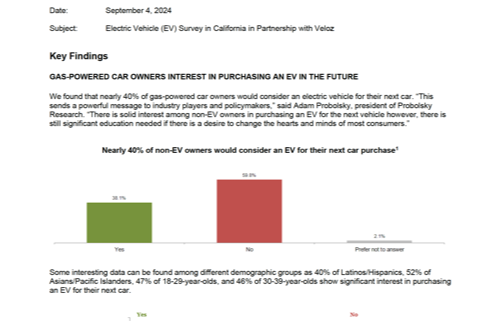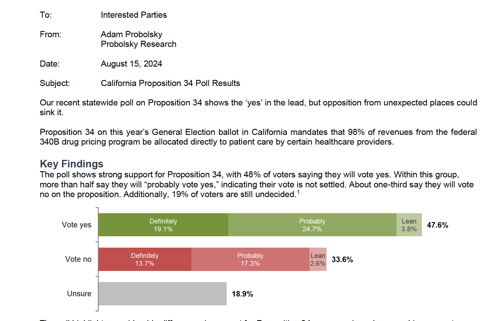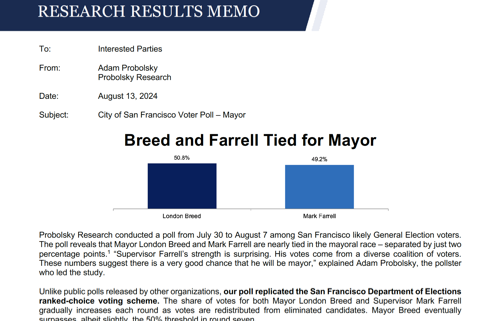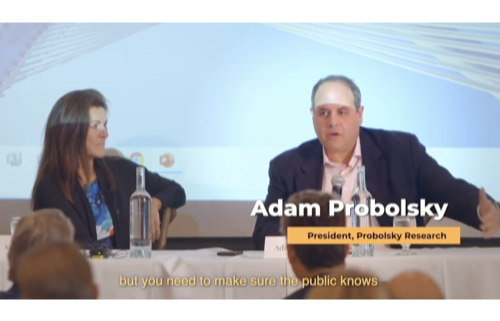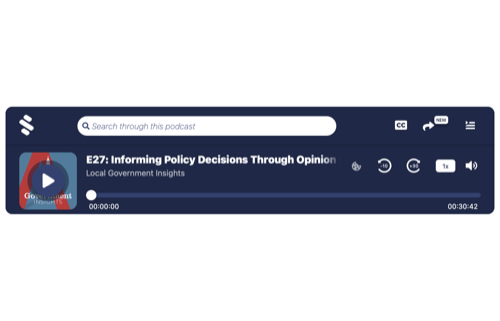New Yorkers Have a Long List of Demands
From homelessness and affordable housing to fixing public transit, protecting subway riders, and improving education and public safety, Democratic Primary voters in New York have high expectations that are not being met.
The poll also finds that Mayor Adams has a narrow path to re-election and that Governor Cuomo would be an instant frontrunner should he decide to get into the race.
Call or text Dr. Adam Probolsky at (949) 697-6726 for comments or more information about the poll.
Methodology
From January 7 to January 13, 2025, Probolsky Research conducted a survey among likely 2025 New York City Democratic Primary Election voters. The sample was compiled from voter file data and matched to the demographics of likely voters. A stratified random sampling methodology was used to ensure accurate representation.
The survey was administered by phone (33%) and online (67%). Phone interviews were conducted via landline (32%) and mobile (68%), while online participants were invited by email (50%) and text message (50%). Respondents could choose their preferred language: Cantonese (<1%), English (94%), or Spanish (6%).
The survey has a margin of error of +/-5% citywide and +/-5.8% for Manhattan oversample, CCD 28 oversample, and CCD 39 oversample, all with a 95% confidence level.
These results are being released for public interest only.
Probolsky Research is a nonpartisan Latina and woman-owned market and opinion research firm with corporate, election, government, and non-profit clients.

